Choosing the wrong pulley material leads to rust, wear, and failure. This means costly replacements, unhappy clients, and a damaged reputation for your projects, which is a real headache.
The best sliding door pulley systems primarily use metal alloys, stainless steel, and nylon. These materials are chosen for their strength, wear resistance, and anti-corrosion properties. This ensures long-lasting, smooth performance, even in challenging environments like humid or coastal areas with high salt content.
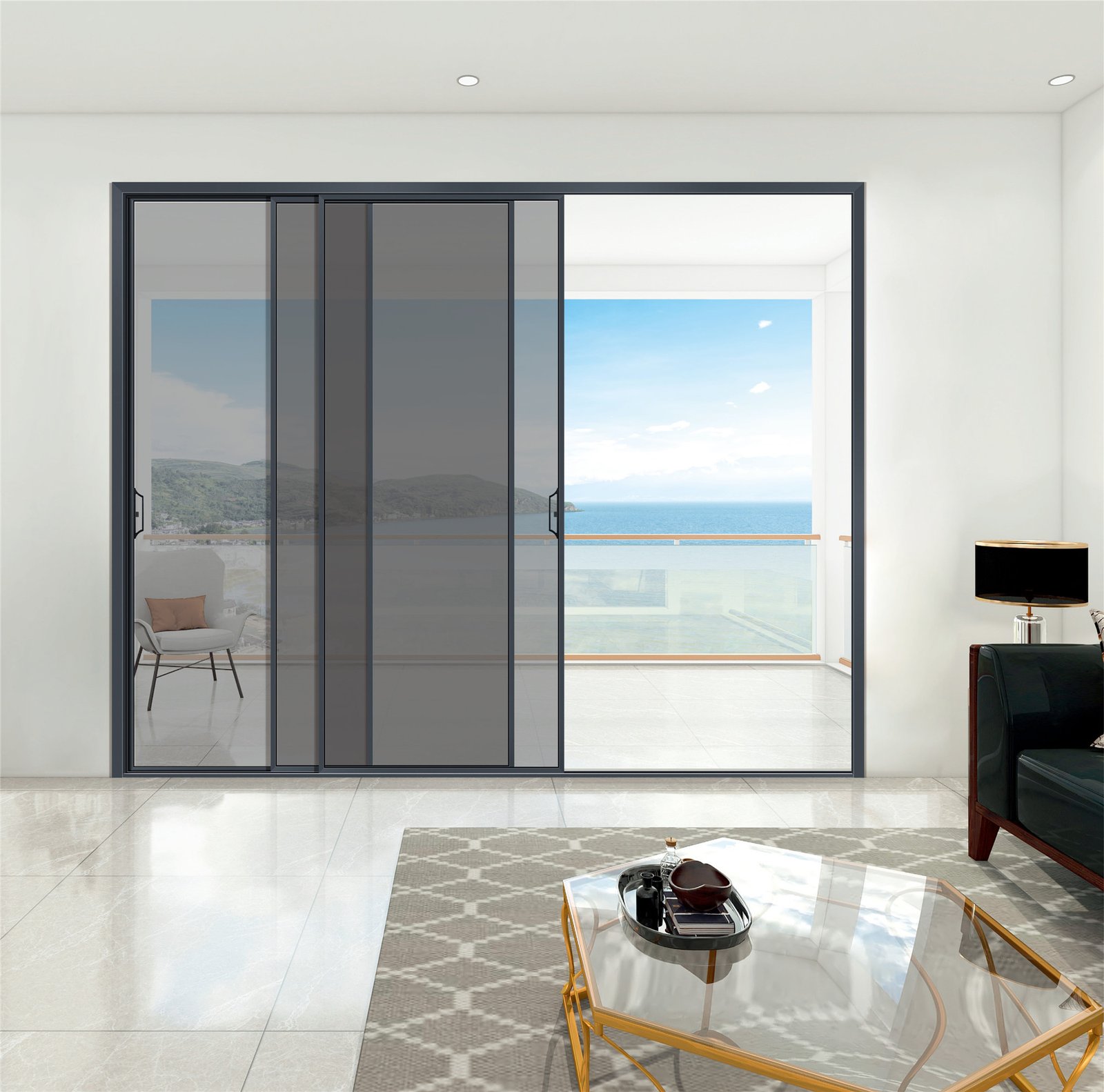
But knowing the names of the materials is just the beginning. As a factory owner, I’ve learned that the real advantage for buyers like you comes from understanding which material to use for which specific application. It’s the key to getting the best value and performance. Let’s dig deeper into what makes each material unique, so you can make the most informed purchasing decisions for your projects.
What Are the Key Materials Used to Make a Pulley System?
Sourcing a pulley system without knowing the material details is a gamble. You risk getting a product that can’t handle the required weight or environment, leading to system failure.
A complete pulley system is built from several materials. The rollers are often high-quality nylon for quiet operation, while the housing or frame is typically a zinc alloy or iron for strength. For wet or corrosive environments, stainless steel is the superior choice for all components.
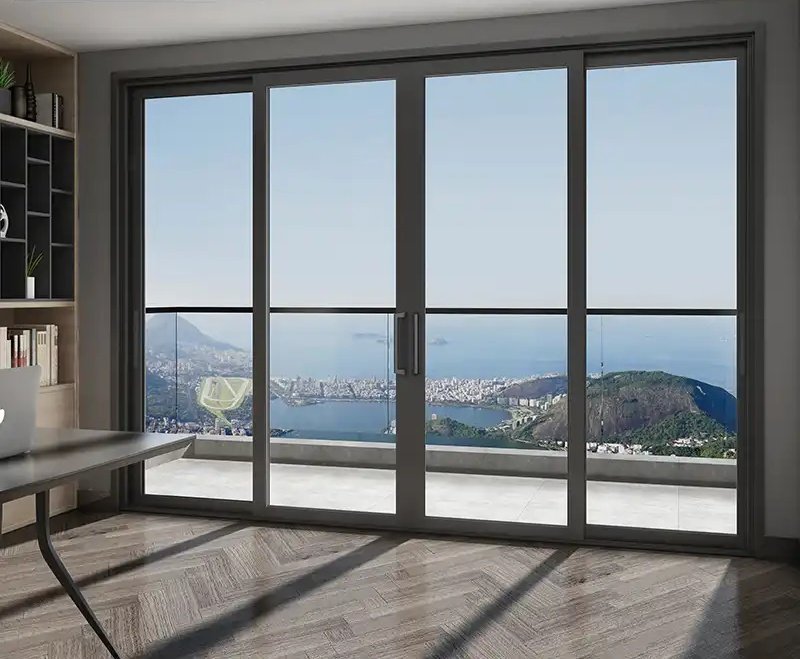
When my team and I design a sliding door system, we don’t just think about one material. We think about how different materials work together. The housing needs to be strong to hold the weight of the door, while the wheel needs to roll smoothly and quietly. For most indoor applications like wardrobes or cabinets, a zinc alloy housing with a nylon wheel is a perfect balance of cost and performance. I once had a client, a furniture factory purchaser like Jacky, who needed a solution for high-end cabinets. We provided this combination, and it gave them the silent, smooth action they wanted without breaking their budget. It’s about matching the material to the job.
Core Material Functions
| Material | Primary Use | Key Benefit | Ideal Application |
|---|---|---|---|
| Nylon | Roller Wheel | Quiet & Smooth Operation1 | Wardrobes, Cabinets, Interior Doors |
| Zinc Alloy / Iron | Pulley Housing | Strength & Cost-Effectiveness | Standard Residential & Commercial Doors |
| Stainless Steel | Entire System | Corrosion Resistance2 | Bathrooms, Coastal Buildings, Patios |
Do Automatic Sliding Doors Use Different Pulley Materials?
Automatic doors have unique demands from constant use and motor integration. Using standard pulley materials can lead to noise, premature wear, and even damage to the expensive motor system.
Yes, automatic sliding doors require specialized materials. The rollers are usually high-density nylon or polyurethane for extremely quiet operation, while the track and housing use robust aluminum or steel to support the motor’s weight and the stress of frequent movement.
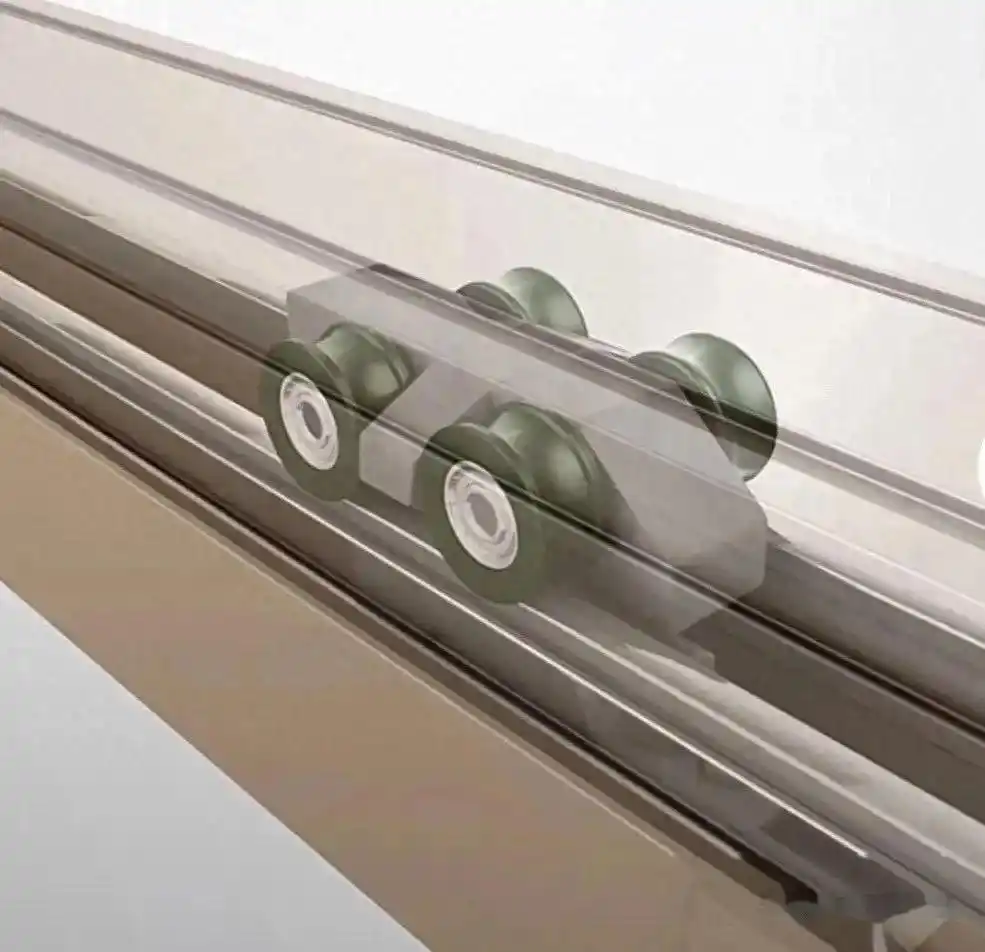
The main difference with automatic doors is the constant motion and the connection to a motor. The system has to be perfect, or it will fail quickly. The wheel material is critical. We use high-density nylon or even polyurethane because it absorbs vibrations and keeps the door whisper-quiet, which is essential for places like offices or hotels. The housing and track also need to be much stronger. We often recommend a reinforced aluminum track because it’s strong, light, and won’t rust. For very heavy commercial doors, steel is the only option. I remember working with a contractor on a hospital project. They needed absolute reliability and silence. We supplied them with a system using polyurethane-coated steel wheels and a heavy-gauge aluminum track, ensuring it could handle thousands of cycles a day without any issues.
Material Demands for Automation
- Precision Engineering: Components must be perfectly manufactured to work with the motor. Any friction or flaw will cause strain and lead to failure.
- Noise Dampening: The wheel material is chosen specifically to eliminate operational noise, which is unacceptable in most commercial settings.
- Durability: The entire system is built to withstand constant, repetitive motion without wearing down.
Are the Materials for Fixed Pulleys Any Different?
It’s easy to assume all pulleys are the same, but fixed pulleys have a distinct job. Choosing the wrong material can cause friction and wear, even if the pulley itself doesn’t travel.
Yes, materials for fixed pulleys prioritize raw strength and rigidity. They are often made from solid steel or cast iron to handle high tension without deforming. The wheel itself may also incorporate ball bearings to minimize rotational friction and ensure efficiency.
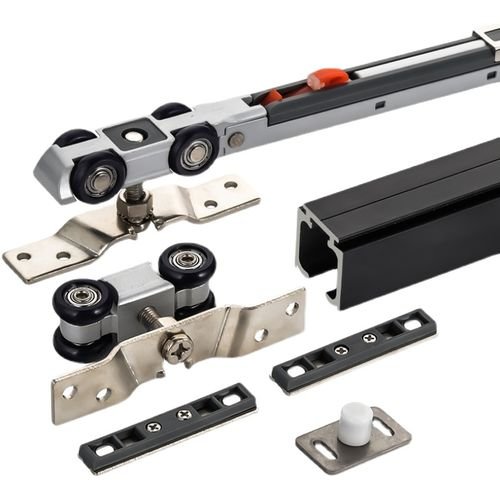
In some of our more complex systems, like linkage doors or systems with counterweights, we use fixed pulleys. Unlike the rollers that travel along the track, a fixed pulley stays in one place and simply redirects a cable. Its job is all about managing tension. Because of this, the primary concern is strength. We can’t use a simple zinc alloy here; it could bend or break under the strain. We use solid steel. The wheel inside this fixed pulley is also different. Since it spins in place, often at high speed, reducing friction is key. That’s why we build our fixed pulleys with high-quality ball bearings. This allows the wheel to spin freely and smoothly, making the entire door system feel lighter and easier to move. It’s a small detail that makes a huge difference in performance for heavy or specialized doors.
Fixed vs. Moving Pulley (Roller)
| Feature | Moving Pulley (Roller) | Fixed Pulley |
|---|---|---|
| Primary Job | Carry the door along a track | Change the direction of a force |
| Main Stress | Rolling wear and load | Rotational tension and friction |
| Ideal Wheel | Nylon or Coated Steel | Steel with Ball Bearings |
| Ideal Housing | Zinc Alloy or Stainless Steel | Solid Steel or Cast Iron |
What Exactly Is the Pulley Wheel Itself Made Of?
The pulley housing is important, but the wheel is where the real action is. Using a poor wheel material is the fastest way to get noise, track damage, and a jerky motion.
Pulley wheels are most commonly made from high-grade nylon for its quiet, self-lubricating properties. For very heavy doors, wheels can be solid steel for strength, but the best systems often use a hybrid: a steel core with a nylon or polyurethane coating.
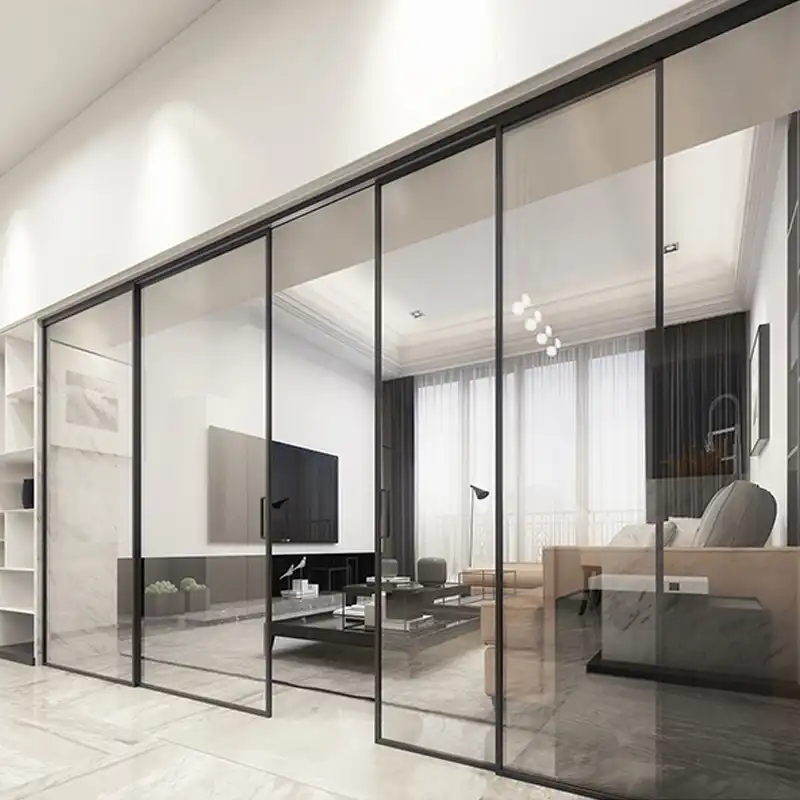
The wheel is the part of the system your customer interacts with every single time they open or close the door. Its performance defines their experience. That’s why we offer a few options at my factory. For 90% of interior doors, our precision-molded nylon wheels are perfect. They glide silently on aluminum tracks and never need grease. For heavy barn doors or industrial partitions, we have solid steel wheels that can handle immense weight. However, my favorite solution, and the one I recommend to buyers like Jacky for their premium projects, is the hybrid wheel. It has a steel core for unbeatable strength and a thick nylon outer layer for silent rolling. This combination gives you the durability of steel with the smoothness of nylon. It’s the best of both worlds and prevents the metal-on-metal noise that you get with all-steel wheels.
Comparing Pulley Wheel Materials
- Nylon Wheels3: The industry standard for interior use. They are quiet, kind to the track, and very cost-effective.
- Steel Wheels: The choice for pure strength. Best for extremely heavy or industrial doors where noise is less of a concern.
- Hybrid Wheels (Steel Core + Nylon Coat)4: The premium option. Offers the strength of steel and the quiet, smooth roll of nylon. Ideal for high-end furniture and architectural doors.
Conclusion
The right material—nylon for quietness, stainless steel for durability, or steel for strength—is critical. Choosing correctly ensures your sliding door systems perform perfectly for years to come.
Exploring this topic reveals how roller wheels enhance functionality and comfort in everyday applications. ↩
Understanding corrosion resistance can help you choose the right materials for durability in various environments. ↩
Explore the advantages of Nylon Wheels, including their cost-effectiveness and quiet operation, perfect for interior applications. ↩
Discover why Hybrid Wheels combine the best of both worlds, offering strength and a smooth roll for premium applications. ↩

